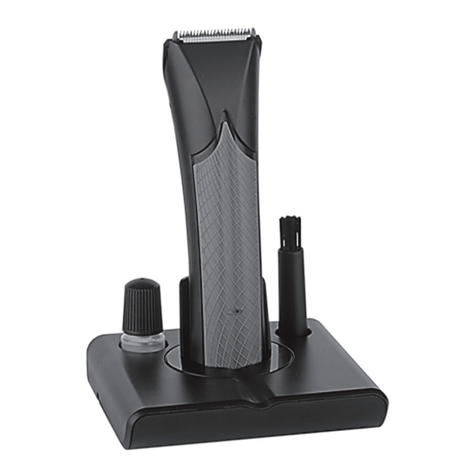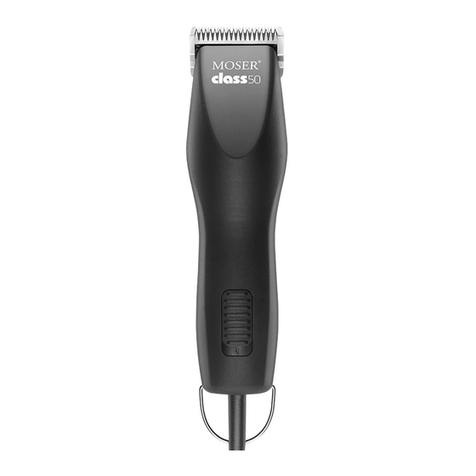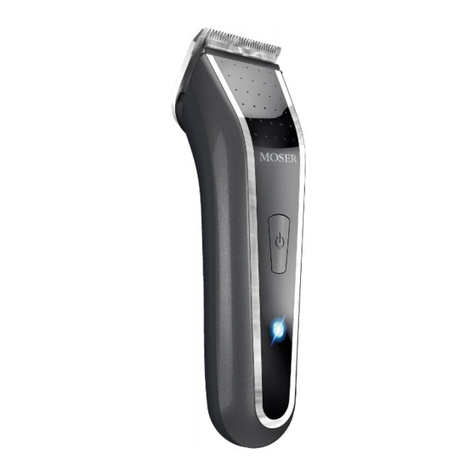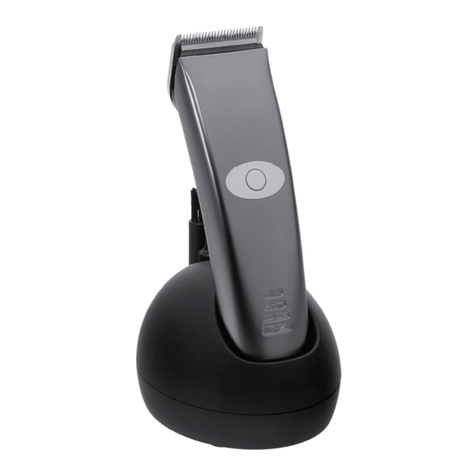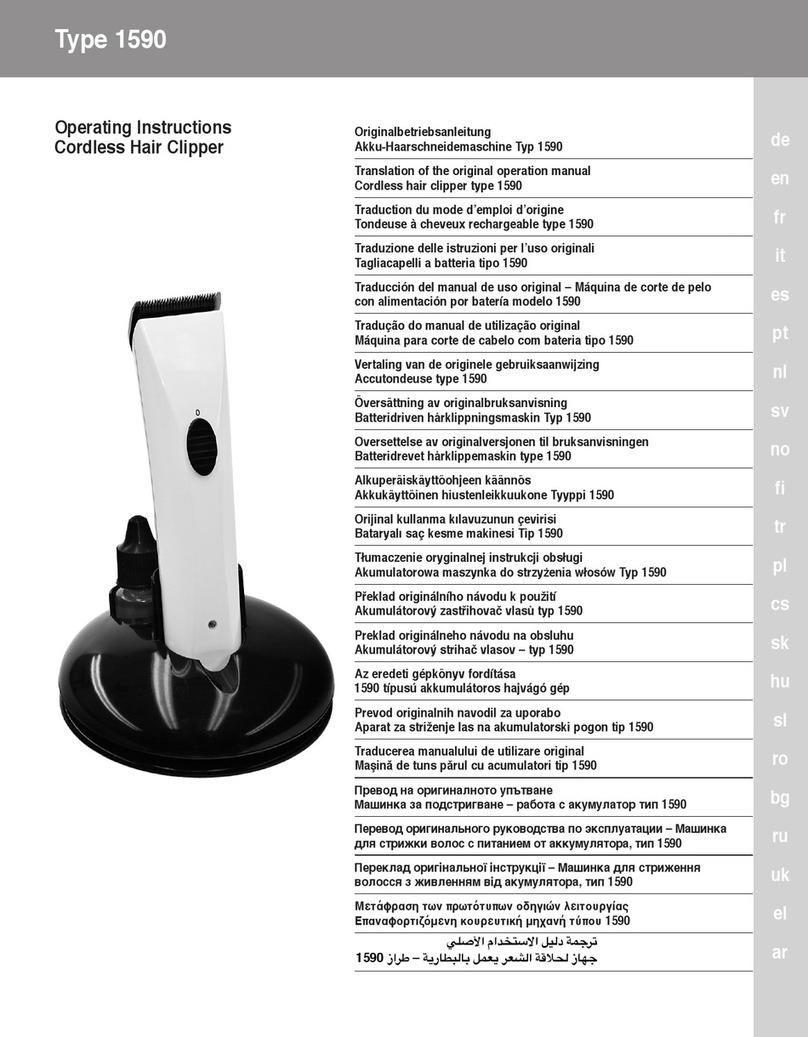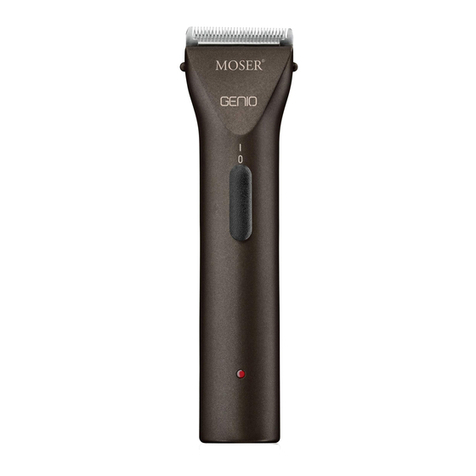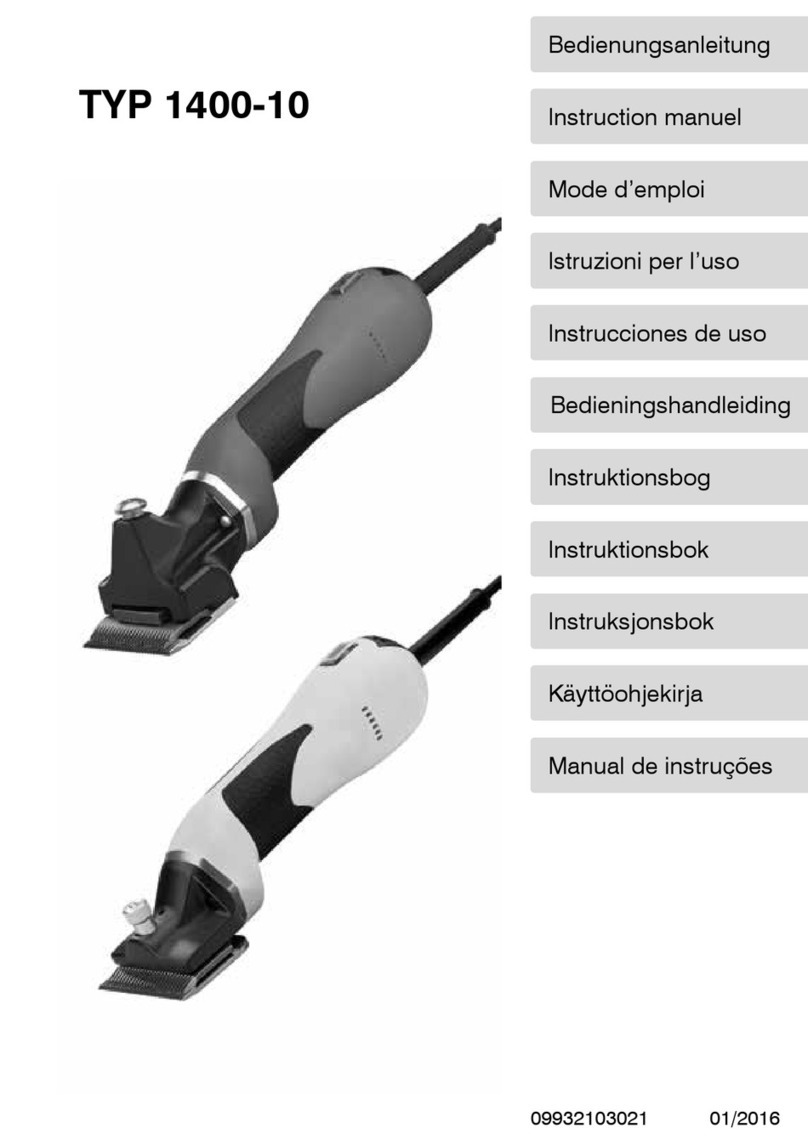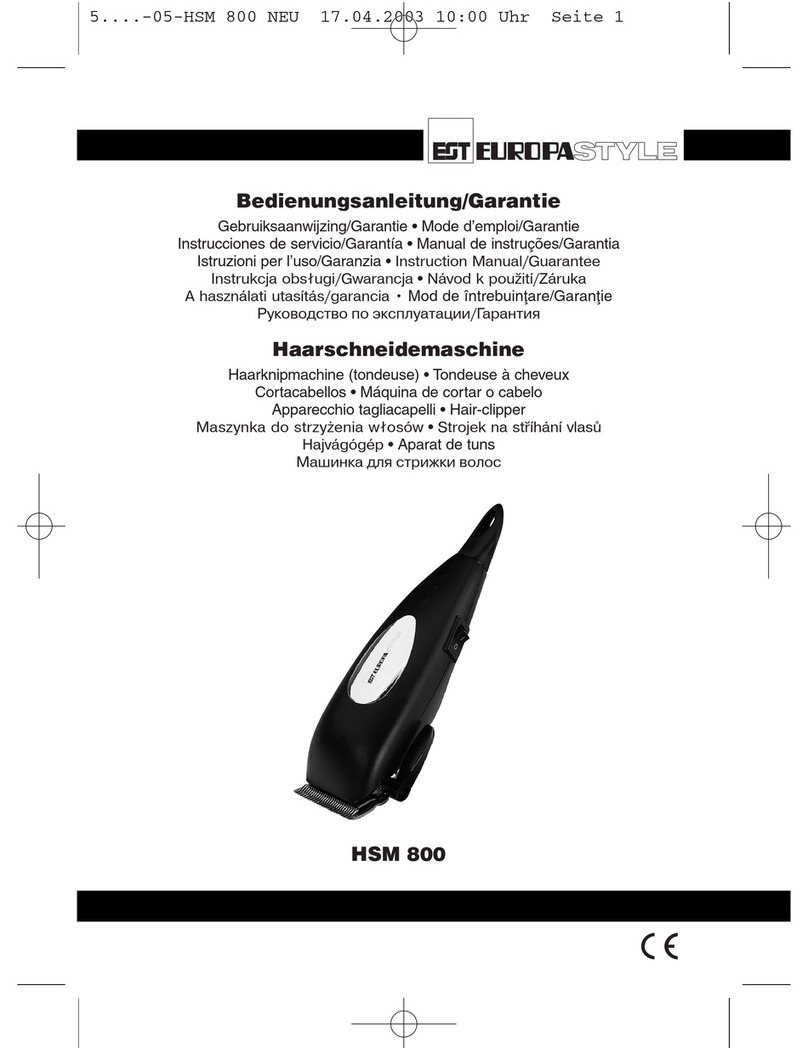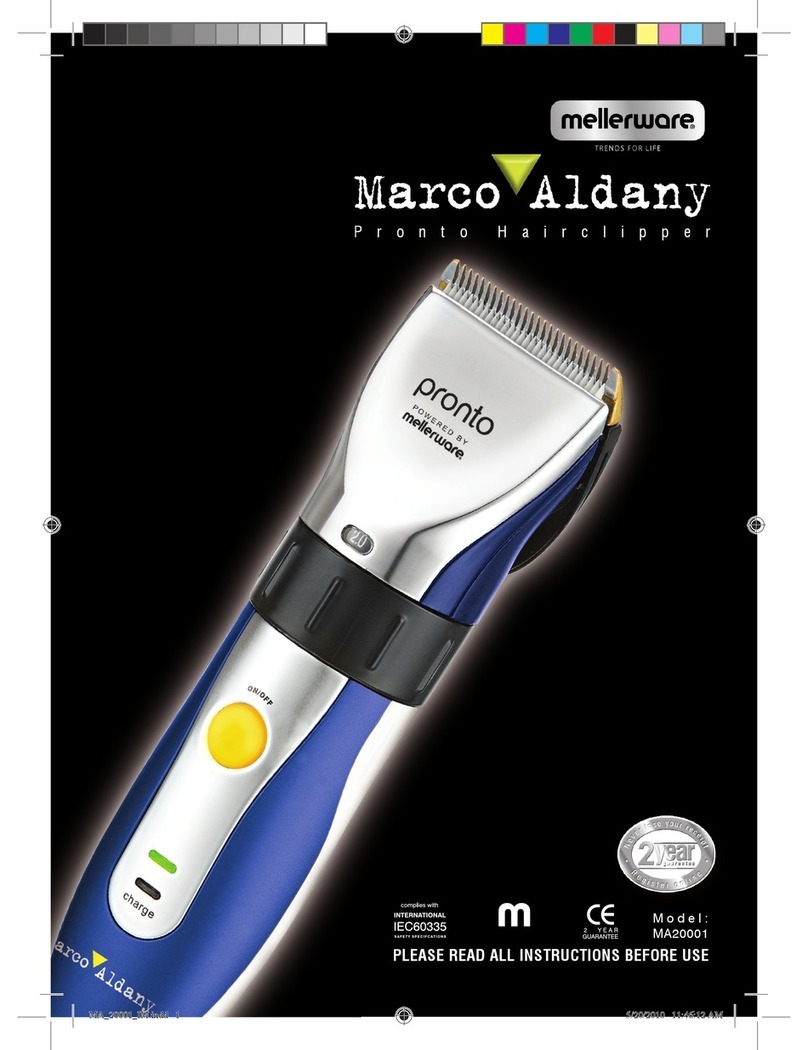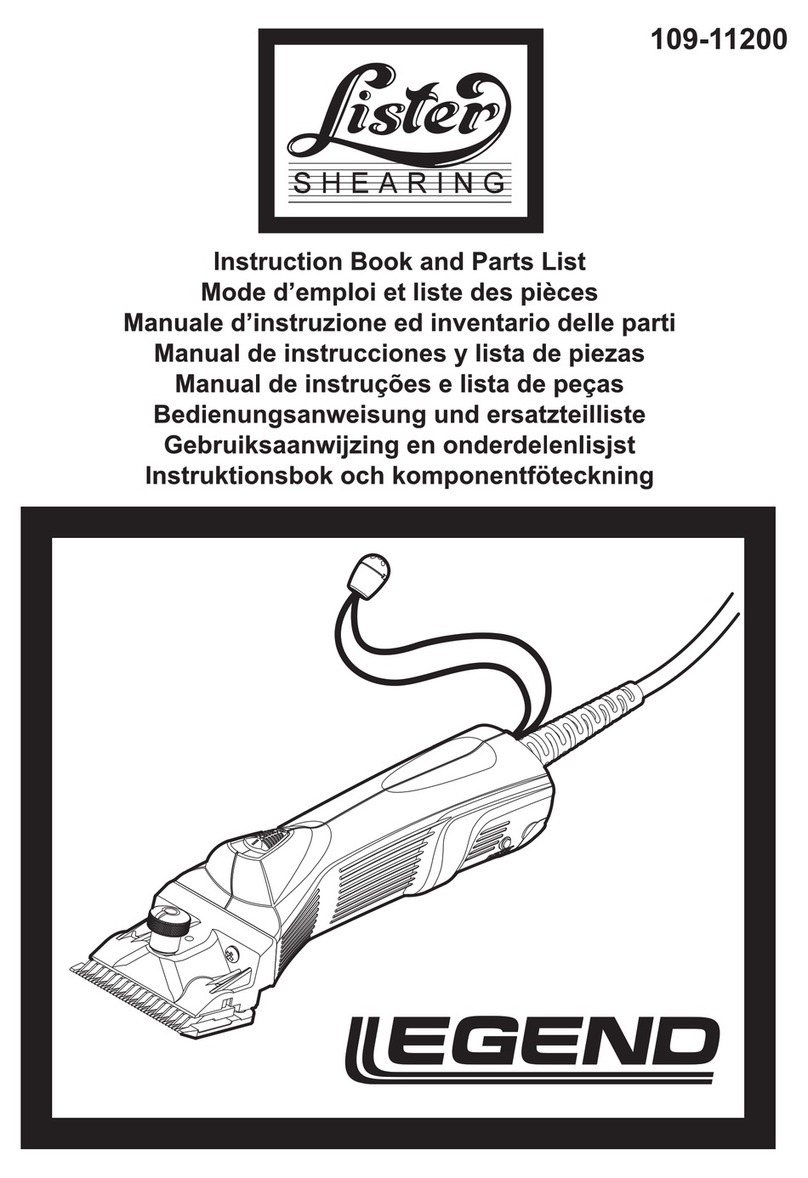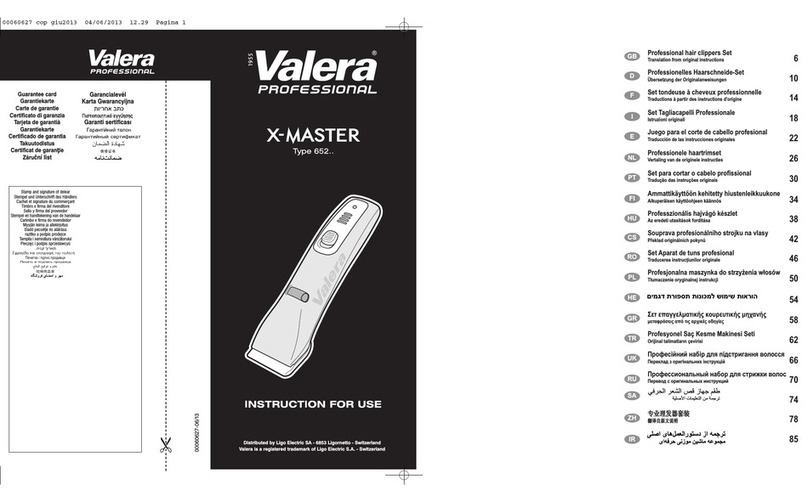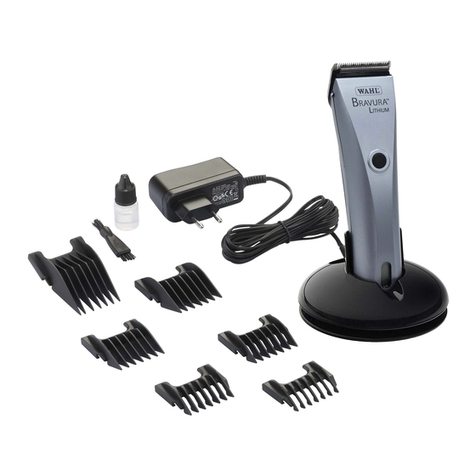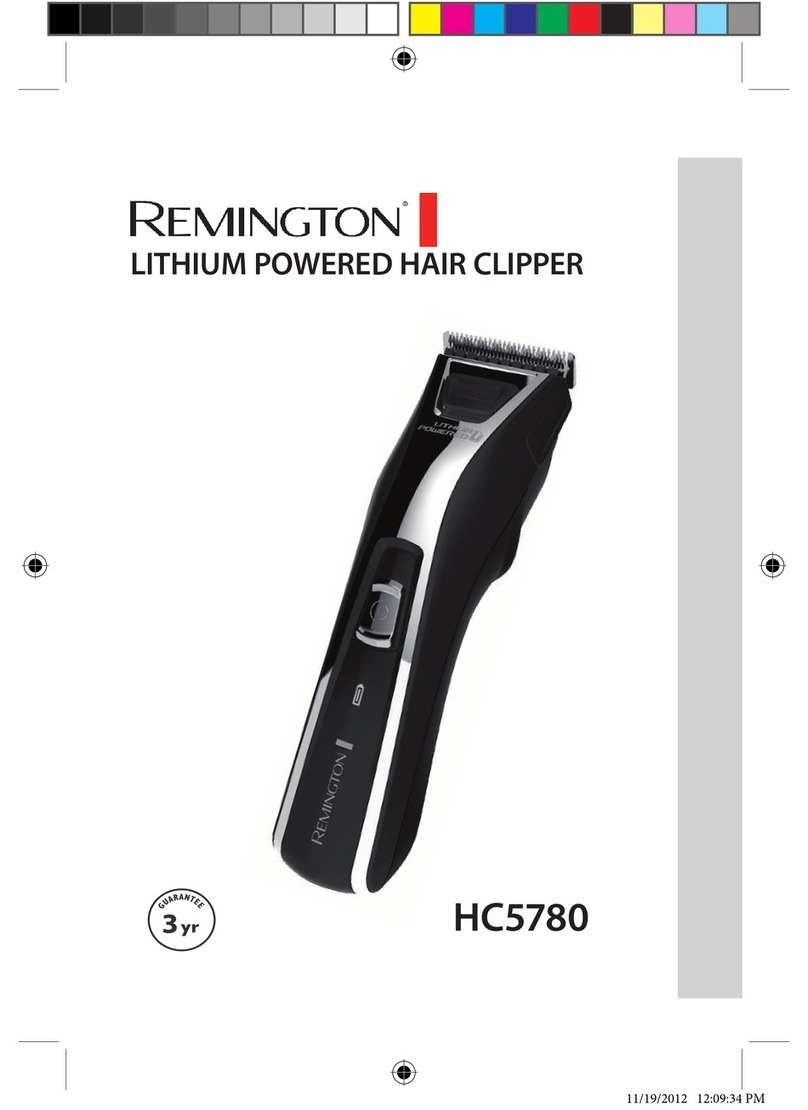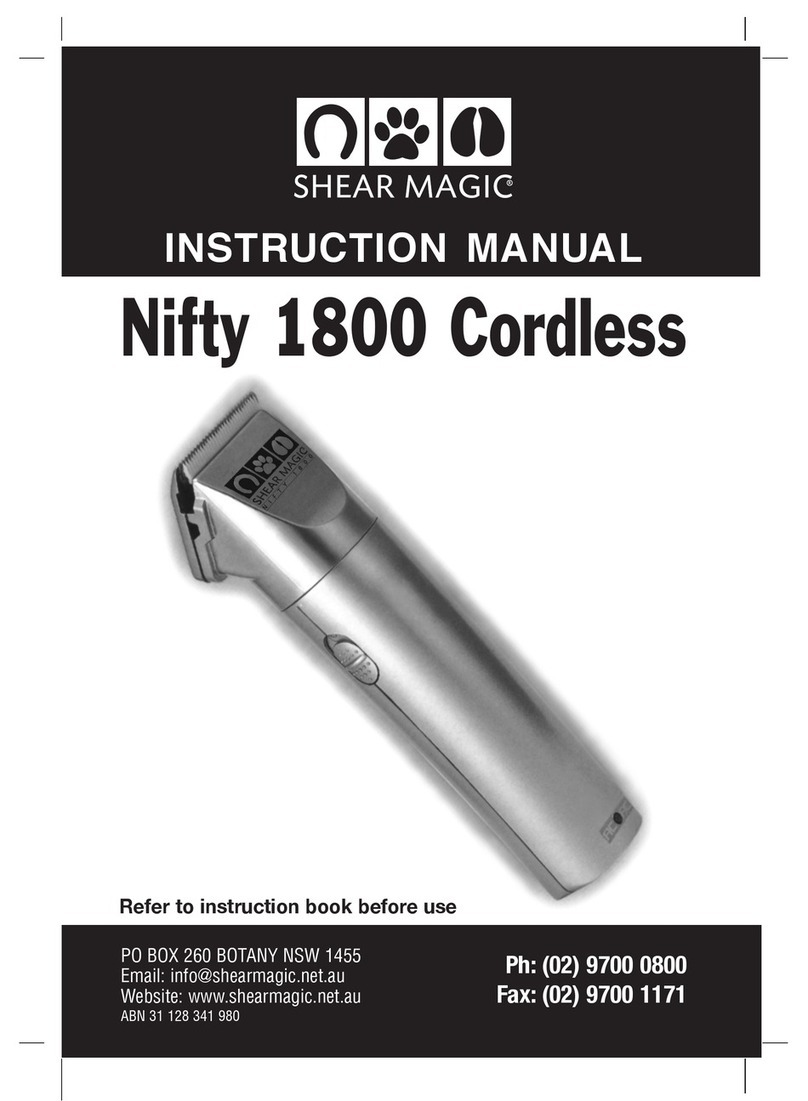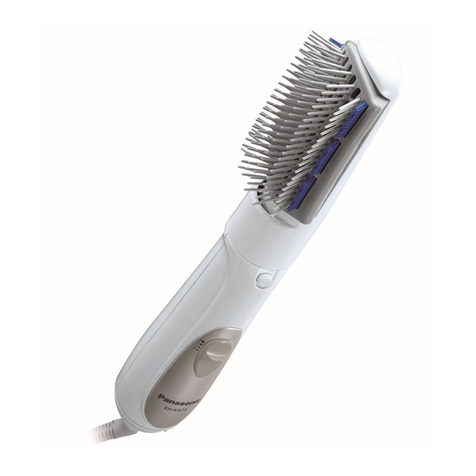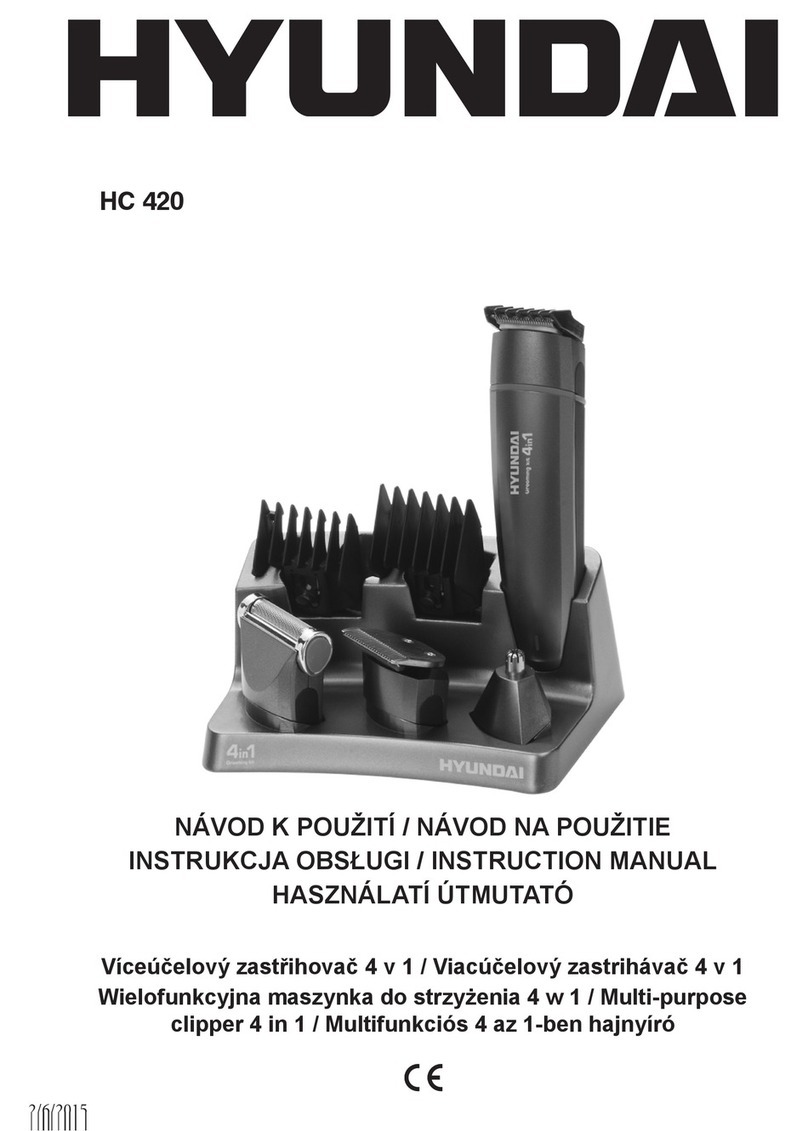! " #$ % د ' ()ا+,-./اما 12 3 4–#5 6 ز ' 89 : % ا ' ;< " =<$)
> 6 ' ?@6 ر = %و ا ' C5" > 6 ء–E" ا ز1870Li+
!< 3 ($ 6تG6H%' 9, - . / ا م
H< 3 IH 6تH-<3 J%> 6,- <$ 6 لد ' ()ا+,-./ام
!"#ا%& '( ) لا + ,- ) ز/ول12 ة ،5 ,6!2ا ءةد+ 9#ا:%&;<ام>?@ #
A BCوD-E1F) 1 9 G H .
5 ,6اI&" )رد+ 9#ا:%&;<امA,K ء:5 &,K أ1MاNG &Oو ا :P & Q ) ظ>H > ?@ #S9 <DC1@)ن5U- #ا + VWV ل إ+9H.
DCP) + YZUB 9 Eا + ,- ) ز+ ,- )ت\)+]Y،5 2 S^ZUB 9 Eد+ 9#ا:%&;<ام
1_ا + ,- ) ز .
DCP) + YوSV دZF) ر > ) ت1_اN') 5 92وا+&'B9()تا +`)aVa9Yا NbB 9 Y
ا + ; )WY > )/1Mو ا + Uc 1 Y ، 5 ,6اZ")عا + & VS9 - )تا NbB 9 Yا +U) ر 5 YDC
ا N,) ل .
L"Mا ' " HIزو ا ' -< 3 ($ 6ت
N@ "
ef 2 a )SEIMا + g' ` ) ت ا+@-2>)h9Y1_اP& () لا N Vتأو
ا + & ' 2ضjW ) > ) تef 9 2 ة .
N@ "
ef 2 ا : a Q,) ر1_اP& ()لا N Vتأوا + & ' 2ضjW ) > ) تef 9 2 ة .
!8O = "
Zbk521MاP& () لو !VعإW) > ) تSU < 5 Y أووSV دأ ef ) ر
Wb 9 Y .
!P?(Q
ZG"9Hj1@ ) a 9 YPg V ل أl2 ا ر 1)د5Y.
ZG"9H12 Dm> (' B V 1 )تو ag) h no)1Y .
5 &fB6ا/12oG )ا Z;) ذإS2 ا ء1 'q.
!E>&GQ9kاjS2اءاتو Dmا + & U B U#ا N ` & 2ح.
و 2R ا S P -T
أ ,$ 6 ء ا 1#V ا ء ا S CIW %)ا ' ",X ا ' - IY( 84ر:X(1
AsQ 2 ة!tا + ?' 2
BزرZ?u 9 # /إ 5 ` )ف
C1 ws2ا +f) ! YاN&"`9Y
D! )I<ةا + ?b M
EZ'<5#xVلا + `t
F1 <e#ا + ,- ) ز+ B 2 >y>)+&9)ر
G1 zek! )I<ةا + ?b M
Hر أس1 ; gt +F" yxVلا + ?' 2 ،31E
Iر أس1 ; gt +F" yxVلا + ?' 2 ،61E
Jر أس1 ; gt +F" yxVلا + ?' 2 ،91E
Kر أس1 ; gt +F" yxVلا + ?' 2 ،121E
Lر أس
1 ; gt +F" yxVلا + ?' 2 ،181E
Mر أس1 ; gt +F" yxVلا + ?' 2 ،251E
NوP< ةا + &uk5 Yا+@-2>)h9Y
O! ) >|وP< ةا + &uk5 Y
PD 2s) ةZ G } 9~
Qز 51 ; gt +?Q 2 ةا + `t
ا'?(6W6تا '-JP(%
#5 6 ز= / وي
آ+9Yا + &?u 9 # :1b2 كذوZ9)ر1U& ( 2 >f) ر 5 Y :>f) ر 5 Yأ5Va)تا+B9]9Vم)LiFePO4(
1<ةe< 1 Yا + "f) ر 5 Y :+u)5Y9 0د!9`Y ا/>')د)ا +fVلxا + ' 2ضxا:ر Z Q )ع(:178x 46 x 501E ا + V زن:290Ç2 امZ`25")
ً1U& Vىا a " ' )ثا + FVl) ء :6 3 د 5U9 " #)A(I B^ا / ! g^ I B^
1U) D Y2 5%E ا :o & K ا ز :< 2 , 5 م/ث²
: 6[/ةا ' ;8 ]
ا/>')د
1_ا + BVازم)ا + fVلxا + ' 2ضxا:ر Z Q )ع(:96x 120 x 721E ا + V زن:9 1 Ç2 امZ`25")
ً
و^/ ة ا ' -_O=%ا ' C5" > 6 ` ( %
ا + f2 ا ز :1- ) 5Ü6000
ا%& -cكا + `<ر ة :1 2 و اطI B^ا / ! g^ DV + & 9Yا + &?u 9 # :100–240DV +/5 0–6 0o2ت
ok اا + ,- ) ز5 &VD2I B^P( ) 5 YI)ز + Yو:5g< ر أيlVl) ء :% B @ 9 Y .Z &f) >m
1 V اWQ ) تok اا + ,- ) ز1_1') 5 92و Z ' B 9 ( )تا:Zb) دا /و ر و >CاN&'B`Y> ) + & V ا Dm
ا + @ - 2 و 1 u G ) x 9 UC2004/108/EGوا+QV+&9Yا N G ; QFY2006/42/EG.
ا,- < $ 6 لا ' a5 6 ز
ا ' - 8b ( "
اP& Qâ>(V ادZ u B 9~ا + ,- ) ز+ G `#ا + ,- ) زأوا :P & Q ) ظ>H> ?@ #
آ 1MDCو !:Pm .
Z zA<1MI<مa `g) ن أيsC ء DC1b&V5)تا+&UB9E.
ا D btA)DYا /SK ا ء + B & zA<1MI<موSV دأيأl2 ا ر a )S( YIM
ا + G `#.
ا 1H 6 ن
!P?(Q!أY" ا ر W 6 #$ %[]d 3@( %N6Ee % .
ا P 2صI B^ر >yا + ,- ) ز> (g< ر Z9)ر1&2دد)A C(
واa&"Hإ +^!9(Yا + ,- <ا NkAVر ةI B^+ VPYا + -V5 Y .
L8 ] ا ' ?@6 ر = %
1.أ دe#! ) >|وP< ةا + &uk5 Yا+@-2>)h9Y)M( DC1 <e#)G( ا + ,- ) ز)ا + 2%E
ا + & Vl9 bC4ⓐ(.
·5(@G@Eأ5F)
ً
sb M ا + ,- ) ز1Mecلر >fH1 " )s2 ة >)+&9)ر
ا+@-2>)hC
> V ا %f Y وP< ةا + &uk5 Yا+@-2>)h9Y
)ا + 2%Eا + & Vl9 bC2ⓐ/ⓑ(.
·5&VD2ا + ,- ) زI B^a}) مsb Mذ AC5bVلدونsb M
ا + "f) ر 5 Y>?@ #1Q2ط.
2.أ دeB V اوP< ةا + &uk5 YDC1g< ر ا + @-2 > ) ءا + b ) h fC
)ا + 2%Eا + & Vl9 bC4ⓑ(.
3.!E>ã5`)فا + ,- ) ز1Mecلا + Fu yI B^زرا + &?u 9 # /ا j 5 ` )ف
)ا + 2%Eا + & Vl9 bC3ⓑ(.
4.l_ ا + ,- ) زI B^! )I<ةا + ?b M )ا + 2%E ا + & Vl9 bC4(أو!E> VWB H
1 " )s2 ة1_وP< ةا + &uk5 Yا+@-2>)h9Y)ا + 2%Eا + & Vl9 bC2ⓐ/ⓑ(.>'<
ا+`9)م> k +å،%Vف5g< ر ا + ,- ) زWVZ)
ً
5 <لI B^><ا5YI( B 9 Yا + ?b M .
·ecل1<ةا + ?b M ،%Vف5 V 1çا +,K ءا N G ) %6N ws2
ا +f) ! Y+ 9 "q1U& Vىا + ?b M ا+b)+C.>'<ا%& @( ) لا + ?b M ،
Z FC ء A#أSK ا ء1 ws2ا +f) ! Y>gQ Y 1U& ( 2 ة .
·%Vف5fQÜا N ws2>'<12ورPV ا +C30\)a9YI B^إزا +Y
ا + ,- ) ز1M! )I<ةا + ?b M )a (yZVD92ا +f) ! Y (.
·5U& u 2قsb M ا + "f) ر 5 Y1MS<5<PV ا +C60د:(J%.
ا ' -;_ ( )> 6 ' ?@6 ر = %
1.su #ا + ,- ) ز1Mecلا + Fu yI B^زرا + &?u 9 #/ا j 5 ` )ف، \E!E>ã5`)DH
>'<ا:a &-) ء1Mا:%&;<ام)ا + 2%Eا + & Vl9 bC3ⓐ/ⓑ(.
·%Vف5fQÜا N ws2>'<12ورPV ا +C3 0\)a9YI B^إ 5 ` )ف
ا + ,- ) ز)a (yZVD92ا +f) ! Y (.
·>'<sb M ا + "f) ر 5 Y> ?@ #A ) 1#،5(@ Gåا%& ' ( ) لا + ,- ) ز
> <ونx) ! YA-2>)h9YN<ةZ g# إ +^9 0د:(J%.
·5(@Gåا :xcعI B^1U& Vىا + ?b M1Mecل1 ws2ا +f) ! Y
اN&"`9Y)C( .
·5 & V !~ا + ,- ) زأوZV1)Z
9@9)
ً
>'<ا +GQ)ذا +&)م+ ?b G Y ا + "f) ر 5 Y .
·ا a'<اما+'G)5Yا +@)D9Y>?Q 2 ة ا + `t5w\2>?@ #S<%B "C
I B^1<ةا%& ' ( ) + - ) .
ا ' -;_ ( )>6'C5">6ء
1.أ دe#! ) >|وP< ةا + &uk5 Yا+@-2>)h9Y)M( DC1 <e#)F(ا + ,- ) ز
)ا + 2%Eا + & Vl9 bC2ⓐ(.
2.أ دe#وP< ةا + &uk5 YDC1g< ر ا + @-2 > ) ءا + b ) h fC
)ا + 2%Eا + & Vl9 bC2ⓑ(.
3.su #ا + ,- ) ز1Mecل ا + Fu yI B^زرا + &?u 9 # /ا j 5 ` )ف، \E!E>ã5`)DH
>'<ا:a &-) ء1Mا:%&;<ام)ا + 2%Eا + & Vl9 bC3ⓐ/ⓑ(.
ا+,-./ام
!</=)Hf- Iىا ' Jh
Z&VD2sQ 2 ة ا + `gY I B^أداة+ &'<5#xVلا + `tو Dm51U&V5)ت1;& B Q Y
Z & 2 ا وح>q0,71Eو31 B 9 ( & 2 ات)ا + 2%Eا + & Vl9 bC5( .
ا ' 89 : % > 6,- < $ 6 لا ' " ؤ وسا S . kk % 'b? lHf- IىEIلا ' ;< "
5(@Gåأ5F)
ً
ا%&'()لS-)زا+bc!Y1_ا+2
ِ
ؤوساN;ggY+F"y1U&Vى
xVلا + ?' 2 .
+ B bg V ل I B^1U& V ىا + `tا NfB Vب،اl" yأداةZ'<5#1U& Vىا + `t
I B^ا + Vl_ ر!E1) ا + 2%Eا + & Vl9 bC5( .
5&VD2ا + ,- ) زI B^ا + 2 ؤ وسا+&)+9Y:31E،61E،91E،1 21E،
1 81Eو2 51E.
! " m (n/إزا'%ا ' " أسا S . kh 'b? lEIلا ' ;< "
1.!E><D_ا + 2 أسا N ; gt +F" yxVلا + ?' 2D VقsQ 2 ةا + `t>)Z,)ه
ا + U- E إ +^أن5U& ` 2DC1@) a H)ا + 2%Eا + & Vl9 bC6ⓐ(.
2.5(@Gåإزا +Yا + 2 أسا N ; gt +F" yxVلا + ?' 2D9()>'<1Mecل
%b " H >)Z,)ها + U- E)ا + 2%Eا + & Vl9 bC6ⓑ(.
ا '<P 6 =%> 6 ' a5 6 ز
! Pp(Rو2( 6 W % ا ' a5 6 ز
N@ " !2< J 6 تm5">6`(%W 6 #$ %[]!f" با ' fI ا ` ) .
!E> ãxQ ) ءا + ,- ) زو DgB H IMا +&9)را+@-2>)hC!"#ا + ?2 و ع
DCZ G}9 Q HوW9)a&H.
:Z u f|ا + ,- ) زDCاN)ء.
ا P 2صI B^I<مZU2 بأي%V ا h #إ +^د ا e#ا + ,- ) ز .
:Z`E> VW# ا + ,- ) ز>)+&9)را+@-2>)hCإ:>'<ا + & zA<1M
SQ ) D H>?@ #Z)م.
!P?(Q!أY" ا ر W 6 #$ %[]HI ا دm($6و=%:I=% .
ا%&;< ا ماNV ادا +@9()و5Yا + `V5Y!<5 w ديإ +^إ +b)قأl2 ا ر
> ) + ,- ) زو 1 Bb` ) Z H .
:ZU& ' (#أي1V اد1k5 " Yأو1gG Q 2 ة !
:ZU&;< م%Vى1V ادا + & G } 9~وز 5 VتsQ 2 ا تا + `tا + &C
5 G gn ا +g) a _> )%& ' ( ) + - ) .
5(@Gåا + bg V ل I B^>;)e)تا + & G } 9~وز 5ا +?Q 2 ا ت1M
>)h'åا NbBCأوIMx2 5 mا : Zg) ل>(2AK a )+;<1Yا+K>)hM.
>'<ا :% & ' ( ) ل ، !E>ãزا +Yا + 2 أسا N ; gt +F" y1U& V ىxVلا + ?' 2
)ا + 2%Eا + & Vl9 bC6ⓑ(\EأدرsQ 2 ة ا + `tabVا /I B^)ا + 2%E
ا + & Vl9 bC7ⓐ(.ا%& ' (#D 2s) ةا + & G } 9~jز ا + Y>`)5)ا + ?' 21M
D &b)تا + uf) ءا + ; ) ر SC+ B ,- ) زو 1MsQ 2 ة ا + `t)ا + 2%Eا + & Vl9 bC
ر!E8( .ا lu y أ5F)
ً
I B^I& B Yا + & G } 9~.ok ها + '( B 9 YZU( n>ãزا +Y>`)5)
ا + ?' 2 ا N & V اS< ة>q1?yوsQ 2 ة ا + `t> @#%- V + Y > V ا %f Y D 2s) ة
ا + & G } 9~ا N Bb` Y)EASY CLEANING(.
ا%& '(#!f' Y! ( )شa )I(Yو1" B B Y!B9c
ً
+ & G } 9~ا + ,- ) ز .
a }~sQ 2 ة!tا + ?' 2 > V ا %f Y >;)eYا + & G } 9~.
ا%&;< مز 5sQ 2 ا تا + `t+ &K59ا +?Q 2 ة)ا + 2%Eا + & Vl9 bCر!E9( .
!E>&K59sQ 2 ة!tا + ?' 2>?@ #1 G &}E+ F( ) نSV د ة
!tI) + 9YN<ةxV 5 B Y .
!E>&u992sQ 2 ة ا + `tإذا:P}أنأدا ءo)!<Z 2 ا S_>'<
1<ةا%& ' ( ) لxV 5 B YرÇEZ G}9 Q- )وZK59&-)>?@ #1 G &}E .
Wp6 ما,-;< 6 ر أ و ! I H 6 ! ( C4
5&VD2ا + ,- ) زI B^a}) ما%&?' ) رأ و Z V 1 ) Z 9 @C+îakارا N "@2DCP) + Yl2 و ر ة
Z G } 9~ا + ,- ) ز .
·5&VD2a}) ما :% & ?' ) رI B^آ+9YZU( n+H> ('2 D Y1)إذا
A)asQ2ة!tا+?'21&U;YS<ا
ً
أو+EZK5>?@#
A )ف.>'<إxQ ) ءا +,-)ز،Zg< ر إs) ر ةWV Z 9 Y و 5 V 1ç
1 ws2ا +f) ! YاN&"`9YN<ةد!9`&q.
·j 5 ` )فا js ) ر ة ا +gV Z 9 Y و ا + V 1 9ç، 5 ,6Z?u 9 #ا + ,- ) ز12 ة
أe2ىN<ةوS9 K ةوإ5`)DH1MS<5<.
·= P kr >&K59sQ 2 ة ا + `tوZ G } 9~ا + ,- ) ز!"#Z?u 9 B H
1MS<5<.ا a}2ا + Q`2ة"! Pp(Rو2( 6 W % ا ' a5 6 ز ".
·I<ماP& 2 ا مok ها+&'B9()ت!<5 w ديإ +^إ +b)قأl2 ا ر
> ) + ,- ) زو Z 'f9 B H>?@ #1"@2،1()5 w ديإ +^إ +u)ءا + F( ) ن
وI<م%25)aH.
ا,- ? / ا لLs " ة ا ' Jh
!P?(Q!N@ " ا t2 6 > % و^/ وثأ Y" ا ر H6د=%W - (a%
ا+,-./اما '_("ا '9`v .
!E> ãxQ ) ءا + ,- ) زو DgB H IMا +&9)را+@-2>)hC!"#Zu992
sQ 2 ة!tا + ?' 2 .
1.أxQÜا + ,- ) ز> V ا %f Y زرا + &?u 9 # /ا j 5 ` )ف)ا + 2%E ا + & Vl9 bC
ر!E3ⓑ(\Eا DgB H IMا +&9)را+@-2>)hC.
2.اlu yI B^sQ 2 ة!tا + ?' 2DCا:Z,) ها N ' ) A|+ uf) ءا + ,- ) ز
)ا + 2%Eا + & Vl9 bC7ⓐ(.ا Dg#sQ 2 ة!tا + ?' 2IMا + ,- ) ز .
3.jI ) د ةsQ 2 ة ا + `t+ Vl' - ) ا /W B C ، !E>&]"9اN?
ْ
"
َ
åا + ;f ) DC> Q &bY
ا+&]"9ا N & V اS< ة> ) + uf) ءا + ; ) ر SCو اlu yI B^ا +?Q 2 ة إ +^أن5U& ` 2
وl' - ) > ) + ,- ) ز)ا + 2%Eا + & Vl9 bC7ⓑ(.
H< 6 'a% ا S;6 m )
Ls " ة ا ' Jh+! Jh>;C )#( / أو!a" ا ' ;< " .
ا +U"6:sQ 2 ة ا + `t1 & U; Y أو1& óAB Y .
a }~وز 5sQ 2 ة ا + `t)ا + 2%Eا + & Vl9 bC8/9(.DCP) + Yا%& ( 2 ا ر
ا N?@ # ، !E> )%& " < ا لا +?Q 2 ة)ا + 2%Eا + & Vl9 bCر!E7( .
H/ةN/ H % ا ' ?@6 ر = %:k( " ة#/ا
ً
.
!E>&G}9~و Z K 5 9ا +?Q 2 ة >?@ #S9 <)ا + 2%E ا + & Vl9 bC8/9(.ا%&;< ا م
sQ 2 ة!t1 & U; Y وÇ921K5 & Y!<5 w ديإ +^Z `g9 2 1<ةe< 1 Yا + "f) ر 5 Y
> ) + G g~ !DCP) + Yا a ; Q )ض1<ةe<1 Yا + "f) ر 5 Y>?@ #P)د،D ãنذ+å!<
5 ' Kىإ +^ا ! & 2 اباa&-)ءI(2ا + "f) ر 5 Y .
وI(V1)
ً
،Dãن1<ةe< 1 Yا + "f) ر 5 YZ G ; Qç> )%& ( 2 ا رS2 ا ء
ا:%&;<اما + 9 V 1C+ B ,- ) ز .رÇEAV a-)1g( ( Y eg9g)
ً
+ c% & ' ( ) ل ا :P & 2 ا DCا + 9 V 1C ، Dãنا + "f) ر 5 )تا NU& ;< 1 Y Z ;F_
أ5F)
ً
+ G Q|ا+&z\92.
إ26 > % ا ' ?;" ة
ا +U"6:ا + Fu y ا N ( ) رسI B^ا + "?2 ةA"92S<ا
ً
.
! Btا + Fu yIG<ا + `t> ) + ` 2ب1Mا +,B <.
ا +U"6:sQ 2 ة!tZ)+QY.
Z zA<1MI<مZ B~أ x2 افا /% G ) نIG<ا:%&;<امو!E>&u992sQ 2 ة
ا + `tإذاا ! & F^ ا/12ذ+å.
H xL" ا '@6 : %ا S-?J(%+= b4 ء .
ا +U"6:ا + ,- ) زÇ921 VlV ع>?@ #Wb 9 n I B^! )I<ةا + ?b M .
Z zA<1Mأنا + ,- ) ز1 VlV ع>?@ #S9 <I B^! )I<ةا + ?b M .
ا +U"6:eB#> ) + &uk5 Yا+@-2>)h9Y.
Z zA<1MأنوP< ةا + &uk5 Yا+@-2>)h9Y1 VWV + Y > (g< ر ا +&9)را+@-2>)hC.
ا D btA"#ا +&9)را+@-2>)hC+ B & zA<1M%c 1 & H .
ا D btا + &uk5 Yا+@-2>)h9Y.
H xL" ا '@6 : %ا S$- 3y= I Hz
Z zA<1MأنsQ 2 ة ا + `tÇ921' ) ! YIMا + b2 A Yو> zنا +?Q 2 ة! )درةI B^
ا + &b2ك .su #ا + ,- ) زو أxQ ò H .DCP) + Yو 1 9ç1 ws2 ا +f) ! Yا N( & BÜ1M
S< 5 < ،5 2 S^ا : Zg) ل >)+")h_ا NbBCا N & ; gt أو>(2AKe<1 )تs2 A Y
WAHL.
ا ' - . 3hH]ا ' a5 6 ز
!P?(Q!إ HC 6 W ( %^/ وثأY" ا ر >(e(%d4^6 ' %[/م
ا ' - . 3hH]ا ' a5 6 ز >;C ),3 ( X .
ا P 2صI B^إ D2 اغsb G Y ا + "f) ر 5 Y!"#ا + & ; Bt1G-) !
ا + & ; Bt1Mا + ,- ) ز>?@ #1 G ) %65b) DâI B^ا+"9òY
و 5bVلدونZ ' 2ضا j aU) نوا+"9òY/يأl2 ا ر 1b& ( B Y .
IG<ا + & ; Bt1Mا /S- K ة ا+@-2>)h9YÇ92ا NU& ' ( B Y ، ا P 2صI B^اP& 2 ا م
ا N ` &F9 ) تا +`)aVa9Yا + ,) ري>-)ا + '(#.
H< 3 IH 6تN 62% > 6 ' - . 3hH]ا 1#5 V ة ا'C5">6`(%و اt' C- "وW ( %d4
ا + !86 دا 1و ر و >4:
5 ;F_ ا + & ; Bt1Mا /S- K ة ا+@-2>)h9Yد ا e#ا:Zb) د
ا /و ر و >CN,( V I Y1Mا + ` V ا aqا NbB 9 Yا + &CZ2 Z@KI B^ا + & VS9 H
ا /و ر >C2002/96/ECا + ; )ص> ) /S- K ة ا+@-2>)h9Yو اj+ @&2و a 9 Y
ا+'&9`Y.و 5 b} 2ok اا + & VS9 Hر 1Cا + ,- ) ز1_ا+GQ)5)تا + " B<5Yأو
اNGK+ 9Y.5 (@ G @åا + & ; Bt1,)a9)
ً
1Mا + ,- ) ز> V اP< ة1Ma ` )ط
S(_ا /S- K ة ا+&)>'Y+ B "B<5Yأو>(2AK1M12 اAKإI)دةZ<و52
ا+GQ)5)ت.

